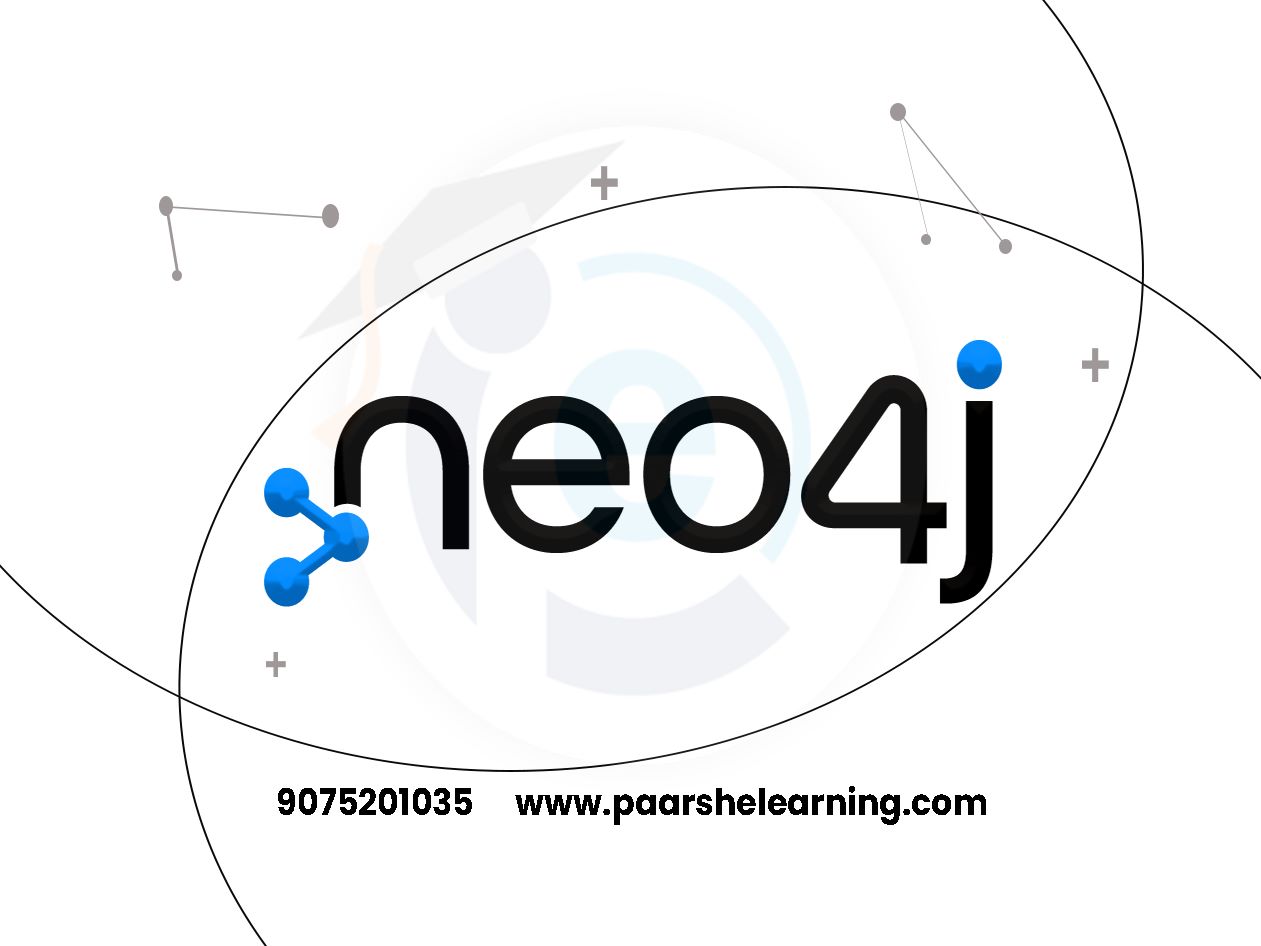- This Course is covering various aspects of MongoDB, including data modeling, querying, indexing, replication, sharding, and application development with MongoDB. The courses are self-paced and include quizzes, exercises, and assignments.
- "The Complete MongoDB Developer Course" and "MongoDB - The Complete Developer's Guide." These courses cover MongoDB fundamentals, data modeling, querying, indexing, aggregation, and real-world application development. They often include hands-on exercises and projects.
- "MongoDB for Developers" or "MongoDB Aggregation Framework." These courses cover MongoDB basics, data modeling, querying, indexing, aggregation, and advanced topics like sharding and replication.
MongoDB
Course description
MongoDB is a popular document-oriented NoSQL database that provides high scalability, flexibility, and performance for handling unstructured and semi-structured data. It is designed to store, retrieve, and manage large volumes of data across distributed systems. Here are some key aspects to know about MongoDB:
-
Document-Oriented: MongoDB stores data in flexible, JSON-like documents called BSON (Binary JSON). Each document can have a different structure, allowing for dynamic and evolving schemas. This document-oriented model makes MongoDB well-suited for handling complex, hierarchical, and varying data structures.
-
Scalability and Replication: MongoDB is designed for horizontal scalability, allowing you to distribute data across multiple servers or clusters to handle increased load and provide high availability. It supports automatic sharding, which partitions data across multiple servers, and replica sets, which provide redundancy and fault tolerance.
-
Querying and Indexing: MongoDB supports a rich query language with powerful querying capabilities. It allows you to perform CRUD operations (Create, Read, Update, Delete) as well as complex queries, aggregations, and geospatial queries. Indexes can be created on fields to improve query performance.
-
Flexibility and Schema Evolution: MongoDB's flexible schema enables you to handle evolving data structures and make changes to the schema without affecting existing data. This flexibility allows for agile development and reduces the need for costly and time-consuming schema migrations.
-
ACID Transactions: MongoDB provides support for multi-document ACID (Atomicity, Consistency, Isolation, Durability) transactions. Transactions ensure that multiple operations are performed reliably and atomically, maintaining data consistency and integrity.
-
MongoDB Atlas: MongoDB Atlas is a fully managed database service provided by MongoDB. It allows you to deploy, scale, and manage MongoDB clusters on various cloud platforms such as AWS, Azure, and Google Cloud. MongoDB Atlas handles tasks like monitoring, backups, and automatic scaling.
-
Aggregation Framework: MongoDB provides a powerful aggregation framework for performing advanced data processing and analysis. It includes a set of operators and stages that allow you to group, filter, project, and manipulate data to generate aggregated results.
-
Community and Ecosystem: MongoDB has a large and active community, providing extensive documentation, tutorials, and support resources. It has a robust ecosystem with various drivers, connectors, and tools available for different programming languages and frameworks.
MongoDB is used in a wide range of applications, including content management systems, e-commerce platforms, real-time analytics, IoT applications, and more. Its flexible data model, scalability, and ease of use make it a popular choice for projects that require handling large amounts of diverse data efficiently.
What you will learn from this course?
This course includes!
- Daily Live session
- A recorded session with problem-solving material
- Access on Mobile and TV
- Certificate of completion
This course is for
- This course is for anyone interested in learning about NoSQL and MongoDB Databases
- etc...
Prerequisites for this course
- Basic Computer Knowledge
Mongodb Syllabus
-
Introduction To Nosql And Mongodb
Understanding the concepts of NoSQL databases Introduction to MongoDB and its features Setting up MongoDB: installation, configuration, and basic usage Overview of BSON and JSON data formats
-
Crud Operations In Mongodb
Creating databases, collections, and documents Basic CRUD operations: Insert, Query, Update, Delete Querying documents using the MongoDB Query Language Introduction to indexing and query optimization
-
Data Modeling In Mongodb
Understanding document-oriented data modeling Designing schema-less schemas: Embedded vs. Referenced documents Data modeling best practices and guidelines Data aggregation using the Aggregation Framework
-
Advanced Querying And Indexing
Working with complex queries and filtering Query operators and expressions in MongoDB Creating and managing indexes for performance Understanding the different types of indexes
-
Aggregation And Data Processing
Using the Aggregation Framework for Data Transformation Aggregation stages: match, project, group, etc. Aggregation pipelines for complex data manipulations Aggregation performance and optimization techniques
-
Data Management And Replication
Introduction to data management: backups, restores, and snapshots Understanding replication and high availability in MongoDB Configuring replica sets and ensuring data redundancy Handling failover and promoting secondary nodes
-
Sharding And Scalability
Scaling horizontally with sharding in MongoDB Sharding architecture and key selection Managing sharded clusters and distributing data Balancing data across shards and ensuring performance
-
Mongodb Security And Real-world Applications
Securing MongoDB: authentication, authorization, and encryption User roles and access control mechanisms Real-world use cases of MongoDB: e-commerce, social networks, IoT Students work on individual or group projects applying MongoDB to specific domains Final project presentations and evaluations




